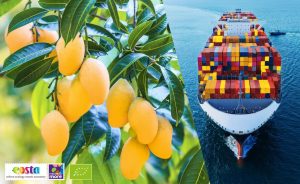Passing on the increase in production costs to the end prices in an economic situation marked by inflation, which is translated into an important increase in the price of food, and how to turn round the dropping trend for eating fruit and vegetables are two aspects that are dominating the 2022-2023 season which, at least in its first part of the campaign is maintaining a slower consumption. For this reason, the sector is already aiming its sights towards the second part of the campaign, where the pressure of a lower offer is expected and where there is still the hope that consumers continue to see apples as healthy produce.
A scant 12,000 t in Europe
The European apple season is unfolding under the parameters of little volume, small calibres and not much exploitation. With the exception of the Czech Republic and Poland, all the producing countries have made downward revisions of their harvests.
Poland, the injured party
Poland, the main producing country in Europe, is also one of the countries that have recorded problems of all kinds, particularly regarding its workforce that used to come from Ukraine and that this year has not been able to join the harvests due to the war.
The other matter that is common to the entire fruit and vegetable sector is the staggering rise in energy prices, which have driven the cost of storage up to unsustainable levels.




















